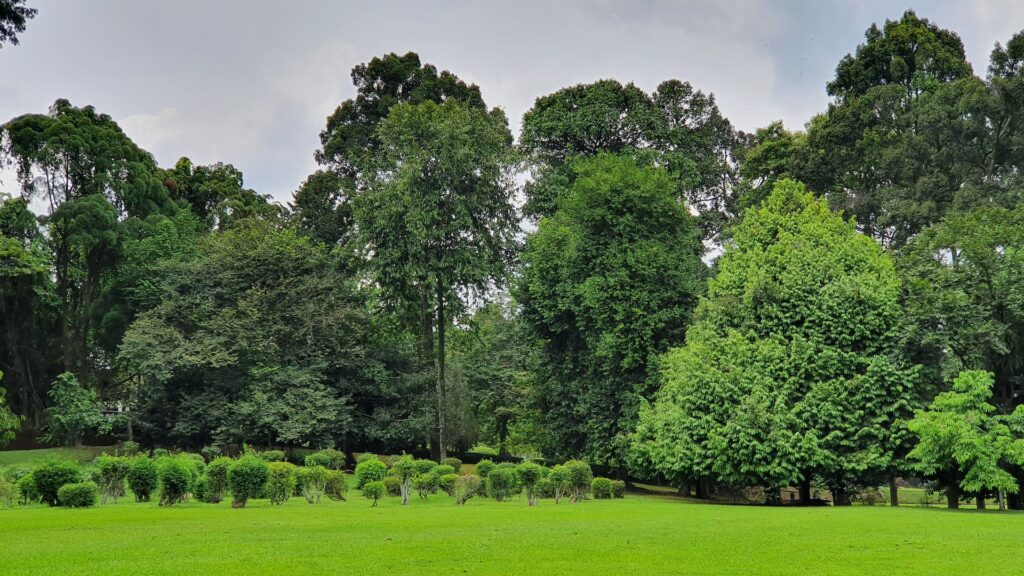flourishing tree canopy emerging as a critical facet of this transformative process. Within the context of Joondalup, renowned for its scenic vistas and steadfast dedication to environmental stewardship, the imperative inclusion of a resilient tree canopy within the fabric of urban planning becomes indispensable. This article delves into the significance of urban greenery, explores the benefits of a healthy tree canopy, and highlights initiatives aimed at enhancing Joondalup’s green spaces.

The Importance of Urban Greenery
The presence of green spaces in urban environments significantly enhances the well-being of both residents and the broader ecosystem, playing a pivotal role in fostering a harmonious coexistence between the city’s inhabitants and the natural world. In Joondalup, where the natural beauty of the surroundings is a defining feature, urban planning that prioritizes greenery becomes a crucial component. The advantages of such strategic planning transcend mere visual appeal, exerting a positive influence on the environment, public health, and the overall quality of life, thereby establishing a holistic framework for sustainable urban development.
Environmental Benefits
Urban green spaces, encompassing a meticulously tended tree canopy, serve as inherent air purifiers, actively absorbing pollutants and exhaling life-enriching oxygen, contributing to a cleaner and healthier urban atmosphere. Moreover, these green spaces play a vital role in regulating temperatures, mitigating the adverse effects of the urban heat island phenomenon, and cultivating a more comfortable and sustainable living environment for the city’s residents.
Biodiversity Enhancement
A diverse tree canopy supports various plant and animal species, fostering biodiversity within the city. Joondalup’s commitment to preserving native flora ensures that the urban ecosystem remains resilient and vibrant.
Stormwater Management
Trees play a crucial role in managing stormwater runoff by absorbing and slowing down rainfall. This not only reduces the risk of flooding but also helps in replenishing groundwater levels, contributing to a sustainable water cycle.
The Role of Trees in Urban Planning
Effective urban planning involves strategic decision-making to maximize the benefits of green spaces, and trees are central to this process. Incorporating trees into the cityscape requires a thoughtful approach that considers species selection, placement, and long-term maintenance. In Joondalup, a city that values its natural assets, the integration of trees into urban planning is a deliberate and well-executed endeavor.
Species Selection
Joondalup’s urban planners prioritize native tree species, recognizing their adaptation to the local climate and their importance in preserving the region’s unique biodiversity. The careful selection of trees ensures a harmonious integration into the existing ecosystem.
Strategic Placement
Placing trees strategically throughout the urban landscape is essential for optimizing their benefits. Trees can provide shade for pedestrian walkways, frame scenic views, and enhance the visual appeal of public spaces. Strategic placement also considers factors such as sunlight, wind patterns, and proximity to infrastructure.
Long-Term Maintenance
Sustainable urban planning involves not only the initial integration of trees but also their long-term care and maintenance. Joondalup invests in arboriculture practices, including pruning, disease management, and, when necessary, responsible tree removal to ensure the health and longevity of the urban tree canopy.
Initiatives to Enhance Joondalup’s Tree Canopy
Joondalup has actively pursued initiatives aimed at augmenting and preserving its tree canopy. These efforts go beyond mere aesthetics, addressing ecological sustainability and the well-being of the community.
Community Tree Planting Programs
Engaging the community in tree planting programs fosters a sense of environmental stewardship among residents. Joondalup has successfully organized and promoted such initiatives, encouraging locals to actively participate in expanding the city’s green spaces.
Green Corridors and Connectivity
Urban planning in Joondalup emphasizes the creation of green corridors, connecting parks and natural reserves. This not only enhances the overall green canopy but also provides wildlife with continuous habitats, promoting biodiversity and ecological balance.
Educational Campaigns
The city conducts educational campaigns to raise awareness about the importance of trees in urban environments. By fostering an understanding of the benefits of a healthy tree canopy, residents are more likely to actively contribute to its preservation and expansion.
Conclusion
Urban planning that prioritizes green spaces and a thriving tree canopy is fundamental to the sustainable development of cities like Joondalup. The integration of trees into the urban fabric not only enhances the aesthetics of the city but also contributes to environmental sustainability, biodiversity, and the overall well-being of its residents. As Joondalup continues to evolve, its commitment to preserving and expanding its tree canopy sets a commendable example for other cities seeking a harmonious balance between urban development and the natural environment.


